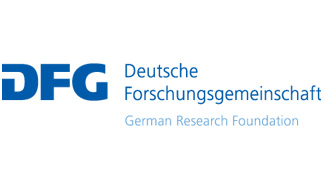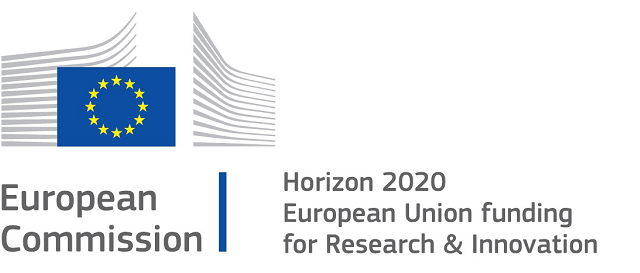9. Alexander-von-Humboldt-Foundation and Minerva foundation project
Acclimation of desert biological soil crusts inhabiting cyanobacteria to hydration/dehydration cycles: Metabolic acclimation of Leptolyngbya ohadii (project leader Dr. Nadav Oren, project period 2019 – 2022)
Sand surfaces in hot and cold deserts are often covered by biological soil crusts (BSC). The BSC stabilizes the sand and its destruction by anthropogenic and global change is a major cause of desertification. The BSCs are formed by the adhesion of soil particles to extracellular polysaccharides excreted mainly by filamentous cyanobacteria, the pioneers and main primary producers in the BSC. The organisms inhabiting the BSCs are exposed to one of the most extreme and fluctuating environmental regimes in nature including frequent hydration/ dehydration cycles, extreme irradiance and temperatures, and vast osmotic potential changes. To study the abilities of filamentous cyanobacteria to cope with this environment, we isolated an axenic culture of Leptolyngbya sp. named Leptolyngbya ohadii from BSC samples withdrawn from the Negev desert. To mimic the environmental conditions prevailing in the crust, we constructed a fully automated environmental chamber capable of accurately simulating the dynamic abiotic conditions in the field. Global RNA profiling, RT qPCR, LC-MS, microscopy, mutants and physiological methodologies are used to study the mechanisms, whereby these filamentous cyanobacteria sense and respond to environmental signals, enabling them to survive frequent hydration/dehydration cycles. The aim of this project is to better understand the role of metabolic acclimation of Leptolyngbya ohadii to achieve high desiccation tolerance.







